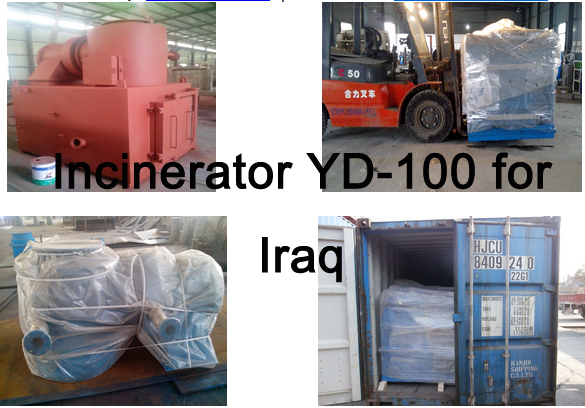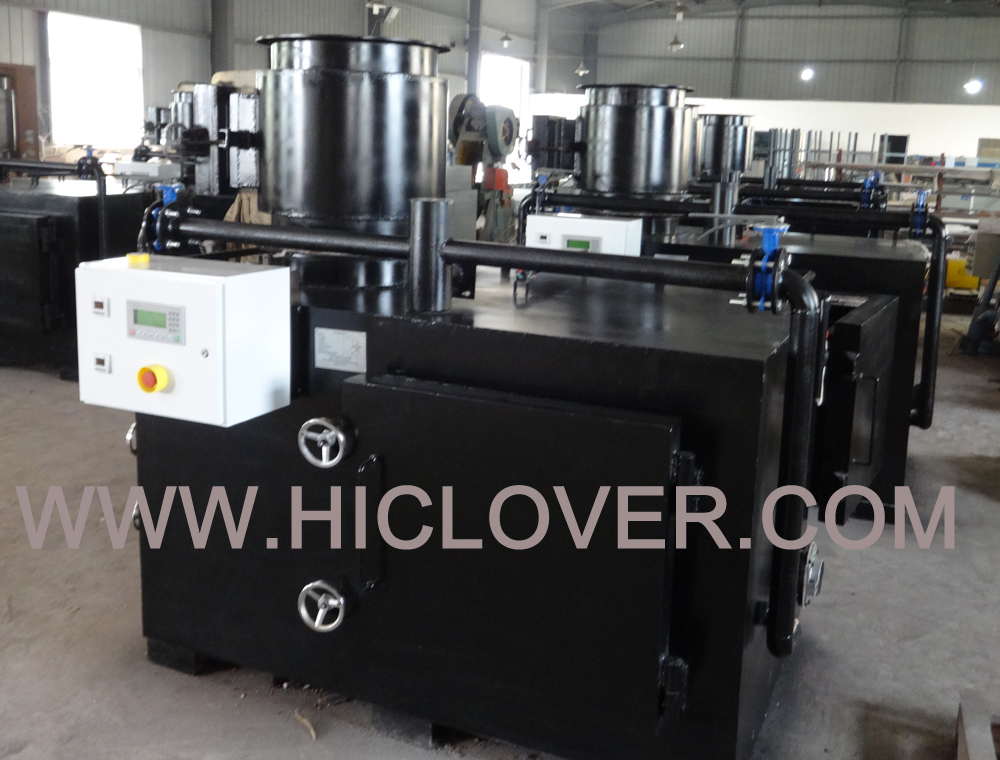Building and starting an incinerator is a complex process that requires careful planning and execution. Whether you are building an incinerator for industrial, municipal, or personal use, there are several important factors to consider. To help you navigate through the process, we have created the ultimate checklist for building and starting an incinerator.
1. Determine the Purpose of the Incinerator
Before you start building an incinerator, it is important to determine the purpose of the facility. Are you looking to dispose of municipal waste, hazardous materials, medical waste, or simply burn wood and organic materials? The purpose of the incinerator will influence the design, size, and technology required.
2. Obtain Necessary Permits and Approvals
Building an incinerator requires obtaining various permits and approvals from local, state, and federal authorities. Depending on the location and the type of waste to be incinerated, you may need environmental permits, air quality permits, and zoning approvals. It is important to consult with regulatory agencies to ensure compliance with all requirements.
3. Choose the Right Location
Selecting the right location for the incinerator is crucial. You need to consider factors such as proximity to the source of waste, access to transportation, and compliance with environmental regulations. The site should also be away from residential areas and sensitive ecosystems to minimize the impact on the environment and public health.
4. Design and Engineering
The design of the incinerator should be tailored to the specific needs and requirements of the project. Considerations such as waste composition, volume, and resource availability will influence the design and engineering of the facility. It is important to work with experienced engineers and consultants to ensure that the incinerator meets all technical and safety standards.
5. Choose the Right Technology
There are various types of incineration technologies available, including controlled air, excess air, and gasification. Each technology has its advantages and disadvantages, and the choice will depend on the type of waste and the desired outcomes. It is important to conduct a thorough evaluation of available technologies and select the one that best fits your needs.
6. Environmental and Safety Considerations
Environmental and safety considerations are paramount when building an incinerator. Emissions such as particulate matter, dioxins, and heavy metals need to be minimized to protect air quality and public health. Additionally, safety measures must be implemented to prevent accidents and ensure the well-being of workers and the surrounding community.
7. Installation and Commissioning
Once the incinerator is built, it needs to be properly installed and commissioned. This involves testing and fine-tuning the equipment to ensure that it operates efficiently and meets all regulatory requirements. It is essential to work with experienced technicians and operators during this phase.
8. Training and Maintenance
Proper training of personnel is essential for the safe and efficient operation of the incinerator. Operators should be knowledgeable about the technology, safety procedures, and emergency protocols. Additionally, a comprehensive maintenance plan should be in place to ensure that the incinerator operates reliably over its lifespan.
Building and starting an incinerator is a complex and highly regulated endeavor. By following this checklist, you can ensure that the process is well-planned and executed, leading to a successful and sustainable facility. Remember to consult with experts and regulatory agencies throughout the process to ensure compliance with all requirements and standards.



